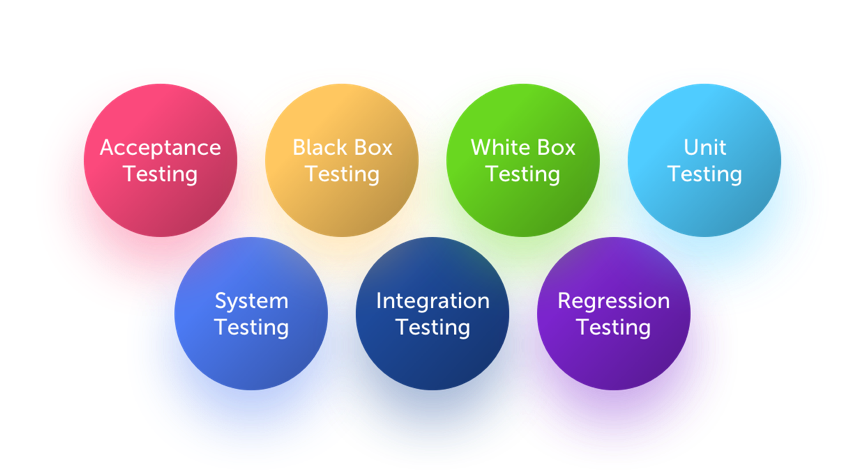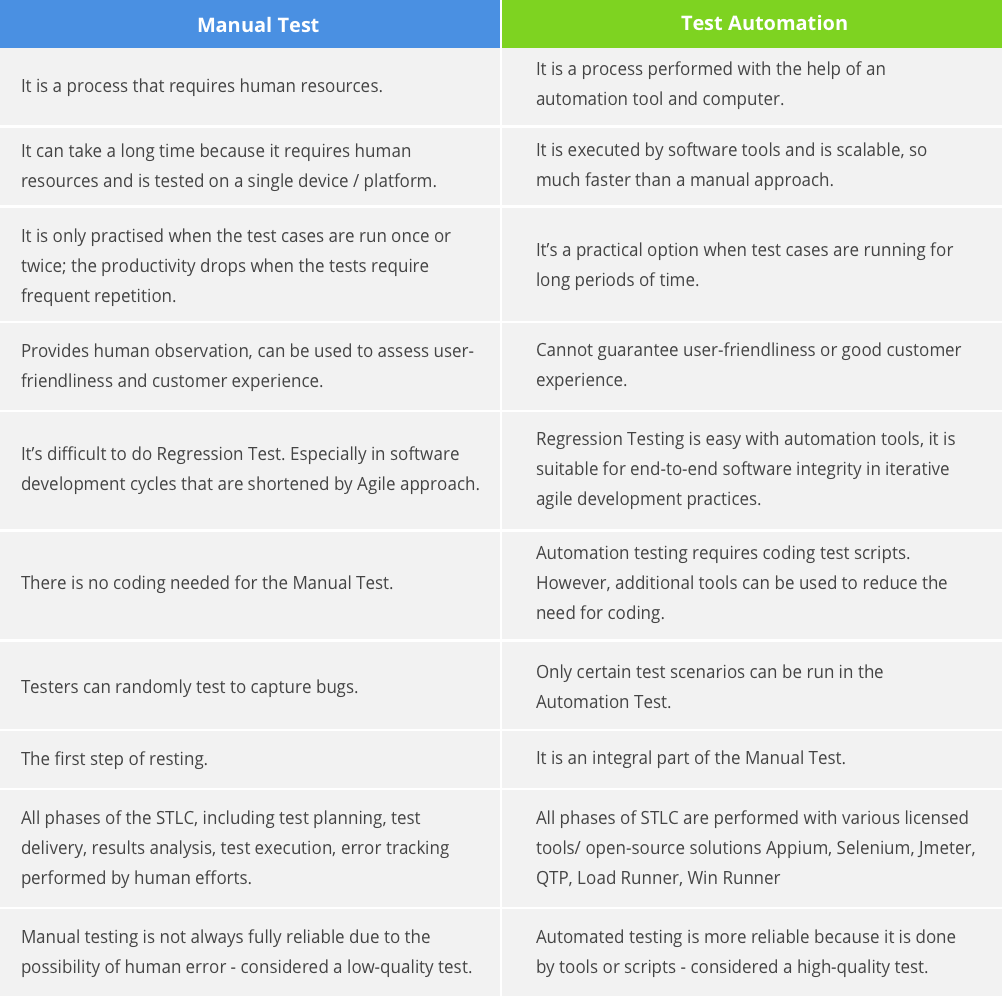
There are two main resources used to test software; humans and computers. While each resource has its own advantages and disadvantages; both aim to improve the quality of the software. In this article, I would like to tell you about the basic differences between manual testing and test automation.
First of all, Manual Test is the simplest type of testing to find the bugs or anomalies in software. Essentially, it does not require any testing tool (despite there being many tools that can boost effectiveness). The main goal of the Manual Test is to make sure that the software is working according to the requirements. It can be called a “preliminary” test and, must be done before kickstarting more advanced testing, and test automation.
Automated tests are mostly used to ensure the software is working, from an end-to-end perspective with the help of computers that can scale scenarios in different environments. Automated regression tests play a critical role, especially in transaction-based and high-volume applications.
Not to create any confusion, automation and manual testing are not substitutes, but complement each other. While it is not always possible to cover each and every scenario with automation, manual testing is prone to human error. Automation needs are utilized with manual testing — if required. The feasibility of the test automation within the scope of the project and resource availability should be assessed carefully as an initial check.
Types of Testing
The following visuals show major testing types. Such tests can be done manually or by automation.

Black Box Testing: Such tests are not interested in code or design. Tests are about requirements and functionality. The black-box test is also called the Functionality test, the Closed Box test, or the Opaque test.
White Box Testing: Such tests depend on the knowledge of the internal logic of the application code. Elements, flow controls, conditions, etc. elements in the software code are tested.
Unit Testing: Small code blocks are tested and usually utilized by software developers responsible for the code itself.
Integration testing: After completing the unit test, the units or modules that enhance the integration test will be combined. The purpose of the integration test is to verify the functionality, performance, and reliability of the integrated modules.
Acceptance testing: A test technique to determine if the software meets the required business specifications. The main purpose of this test is to verify whether the software meets the criteria for delivery to end-users.
Regression testing: testing the application end-to-end for any modifications or changes in functionality. It is difficult to include the entire system in the regression test manually, so automation tools are typically used for these types of tests.
Differences Between Manual Testing and Test Automation
In a project, depending on your unique conditions, you may choose to use only manual testing, or manual testing combined with test automation. You can find the summary as a guideline in the table below, which method to use in what situations.

